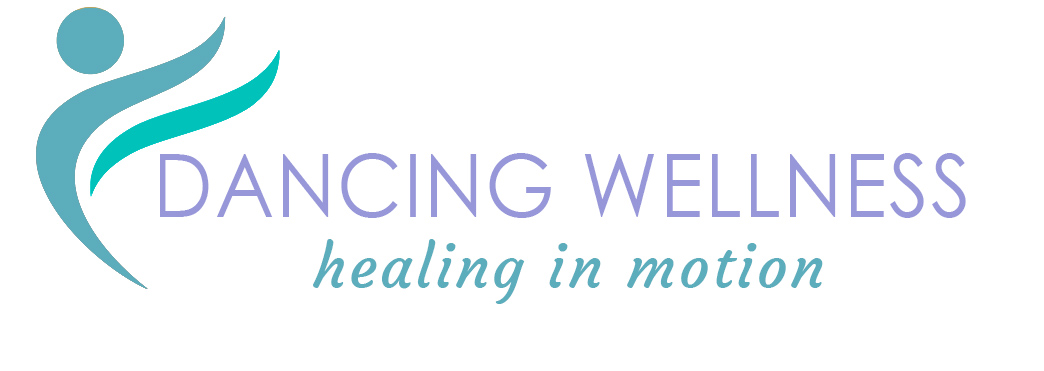A Dose of Dance
It was 17 years ago that I decided on a “second act” career of therapeutic dance and movement. At the time, I was thinking that it would be something I would enjoy, and I could find a way to express that enjoyment in classes and programs that would teach people how to move in their bodies. Honestly, I was not sure how those classes and programs would look. I had some success teaching tween girls in a program I developed called “GirlPower! Be Who You Are.” A couple of years later, I attempted to teach a group of seniors at a local senior community how to dance. I was not successful. In fact, I was frustrated that after decades of teaching dance and movement on a part-time basis (more of a hobby), I could not figure out how to teach a modified dance class to seniors. Fortuitously, a director of this same senior community asked if I had heard of “Dance for Parkinson’s.” I said no, and that I really knew nothing about Parkinson’s, nor did I know anyone with the condition. She said the modality was created by Mark Morris Dance Group, a world-renowned dance company in Brooklyn, to teach professional dancers how to teach dance to people with Parkinson’s. I decided to register for a training and before I even took the training, the director of the program asked if I would teach at Emerson Hospital’s wellness center. The rest is history as 14 years later, I am still here, and the program has grown.
I remember back then, for many in the medical/science community, dance was a frivolity. Sure, there were a few progressives, even PhD’s in neuroscience, who felt there was some benefit to learning dance and taking a weekly class. But in the last 15 years, there has been extensive research yielding positive results stemming from scientific studies in the field of dance. One of my Dance for PD students recently gave me an article from the scientific journal Discover, called “A Dose of Dance” by Olivia Ferrari. The article explores what happens in our heads when we dance. A group of researchers and artists at the University of Texas collaborated on a project which deciphers and displays dancers’ brain scans. “Research thus far has shown that dance provides plenty of different brain benefits for dancers of different styles and skill levels, from better body perception to improved memory.”
I think of what is currently happening in my field and how my own students participate in the research of how dance can improve symptoms of Parkinson’s Disease. Wow! One student is involved in a Harvard study involved in freezing, a common symptom of Parkinson’s and how best to treat this symptom through movement. Another student participates in a Northeastern study on how energy level is affected by Dance for Parkinson’s classes. Another student joined me last weekend at Tufts University Occupational Therapy Graduate Program Seminar on utilizing Dance for PD as a treatment for their patients. It’s remarkable, how the field has changed and how even scientists and the medical community are on board with the value of dance in treating various conditions including Parkinson’s Disease. I will leave you with the following quote from “A Dose of Dance”:
“Improving our mood and keeping us sharp, the evidence suggests that dance is a mechanism for fighting cognitive decline and bringing people together. ‘We need to believe this convincing evidence,’ Dr. Theofanopoulou says, ‘and have dance work as medicine.’ ”
The jury is finally in on dance, and it’s time we all started taking it.
***Excerpts from Olivia Ferrari’s article “A Dose of Dance” from Discover Magazine March/April 2025 issue
